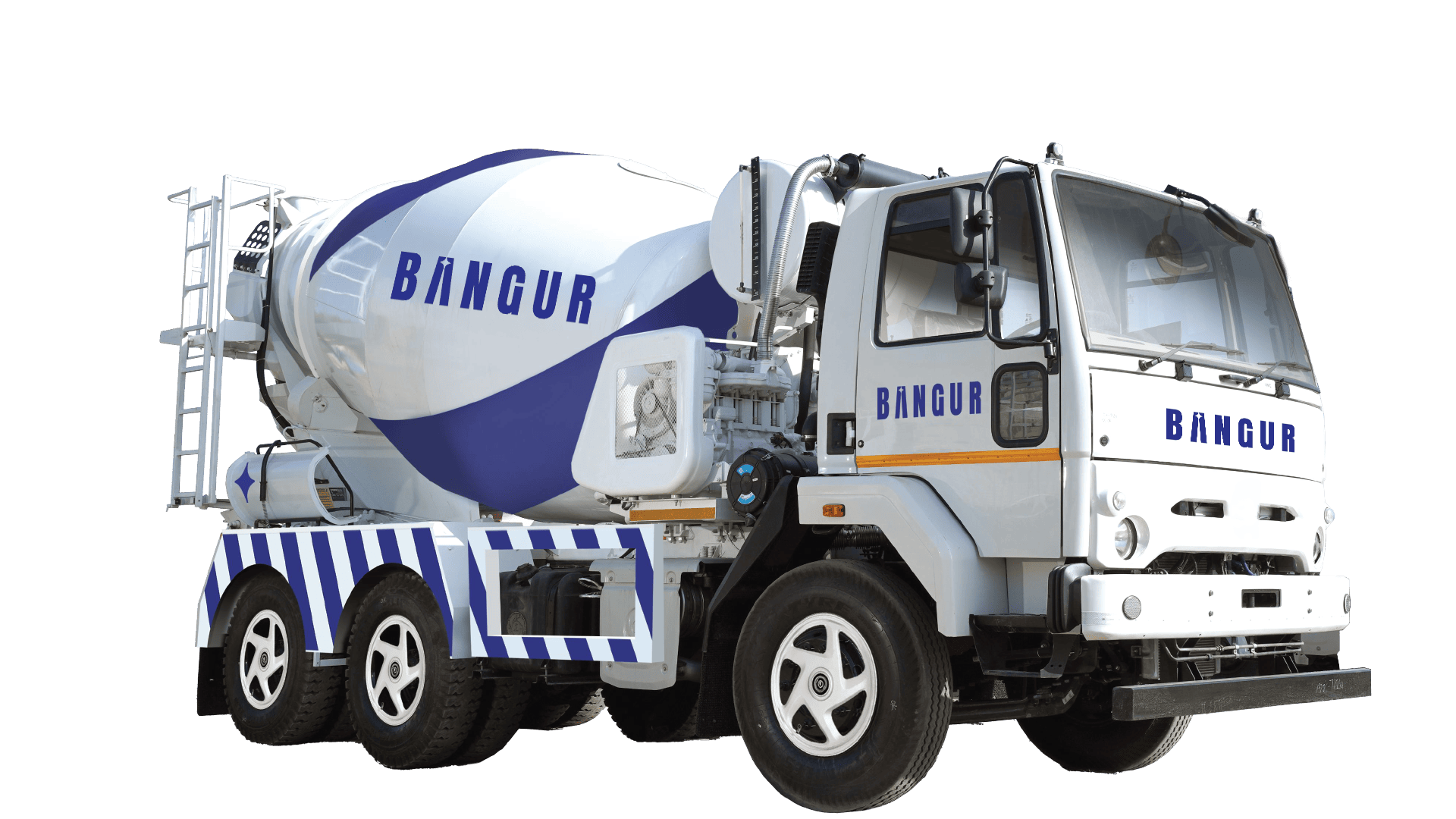
Advanced Cement Technologies
- Sep 23
- 5 min read
As construction demands grow and evolve, the construction materials and techniques that are employed in building homes, offices, and other structures also change. Cement is one of the most popular materials used in construction and therefore must be included.
Ordinary cement has been widely used in the construction of houses and other large structures for ages but innovations in cement production are changing the construction industry. High-performance concrete called HPC, ready mixed concrete, and hydrophobic cement are some of the latest technologies that are helping in the construction of more effective and sustainable structures.
The Use of Cement in Modern Construction
Cement is one of the main components of concrete, which is the foundation of the construction business. It is crucial in the construction of structures that are solid and durable.
Two main types of cement are used in construction: Ordinary Portland Cement (OPC) and Pozzolana Portland Cement (PPC).
OPC is normally employed in high-strength structures, such as bridges, high-rise buildings, and roads, among others. It sets and hardens quickly, thus proving suitable for construction on busy highways and roads.
PPC includes pozzolanic materials such as fly ash or volcanic ash thus making it more durable and environmentally friendly. It is commonly applied in house construction where durability and the ability to withstand tough conditions are of the essence.
OPC and PPC cement are indispensable for construction works, however, the development of new cement technologies is expanding the potential to create sturdier and more durable structures.
High Performance Concrete (HPC)
High-performance concrete (HPC) is a major development in cement technology. It is intended to have improved strength, durability, and resistance to environmental effects as compared to normal concrete. It is suitable for application in areas that require high levels of durability including bridges, marine structures, and other large structures.
The key features of HPC include:
Improved compressive strength: HPC can bear much higher loads compared with normal concrete, thus making it suitable for structures that require stable and strong support for a long time.
Enhanced durability: HPC is more resistant to corrosion, freezing, and thawing than normal concrete and therefore ideal for areas with extreme weather or high traffic.
Superior workability: HPC retains excellent workability that enables ease of handling and placement on the construction site.
High-performance concrete is now a preferred material for use in construction projects especially where performance and durability are key. Application in high-rise buildings, bridges, and other mega structures are good examples that show how HPC can revolutionize construction in the modern world.
Ready Mixed Concrete
As the construction industry becomes more fast-paced than ever, the demand for ready-mixed concrete has soared. It is produced at a batching plant and supplied to the construction site in a freshly mixed and fully usable condition. This helps in avoiding on-site mixing and at the same time, the quality of the product is maintained throughout the project.
The benefits of ready-mixed concrete include:
Time-saving: In big construction projects where time is of the essence, ready-mixed concrete helps speed up construction thus cutting on time and labor expenses.
Consistency: It is prepared at a plant under batched and controlled conditions to produce concrete of desired strength, durability, and performance.
Reduced waste: Ready-mixed concrete also helps to reduce the wastage of materials because it delivers only what is required in a particular project and thus minimizes waste produced at the construction site.
This technology has gained popularity in house-building projects where there is a need to construct fast and efficient structures. Ready-mixed concrete is especially preferred in the construction of the foundation and walls.
Hydrophobic Cement
Water is one of the most dangerous threats to building durability. Regardless of the type of building, whether it’s a house or a commercial complex, constant exposure to moisture leads to the weakening of the structure. This is where hydrophobic cement comes in handy.
Hydrophobic cement is designed to have a low affinity to water and thus it doesn’t let water seep in. This type of cement is more appropriate to be used in areas that experience a lot of rainfall or in structures in constant contact with water such as dams, bridges, and basements.
Key advantages of hydrophobic cement include:
Water resistance: The primary advantage of hydrophobic cement is that it can help to lock out water in the structure. It forms a barrier that prevents moisture from penetrating the building, preventing the formation of cracks, molds, and other structural problems.
Longevity: Hydrophobic cement has a longer life span than normal cement because it can resist the deteriorating effects of water on the structure.
Improved setting time: Hydrophobic cement is resistant to water and thus the construction is not interfered with by water, especially during rainy seasons.
As the demand for more durable structures increases, hydrophobic cement is becoming a valuable product for structures that may be exposed to water.
Advanced Construction Machinery
Modern construction machinery plays a significant role in the incorporation of advanced cement technologies in construction. The concrete mixers, batching plants, and mobile pumps enable accurate mixing, transportation, and placing of high-performance and ready-mixed concrete. Continuous mixing systems help to maintain the quality of the concrete while mobile concrete pumps help in placing the concrete in different parts of the building thus increasing the rate of construction.
Cement technologies are rapidly advancing to fulfill all kinds of construction needs, from high strength to durability. These innovations including high-performance concrete, ready-mixed concrete, and hydrophobic cement are revolutionizing how building projects are developed to ensure that structures are not only solid and long-lasting but also sustainable and economical.


